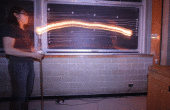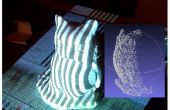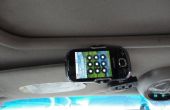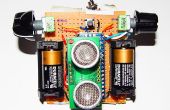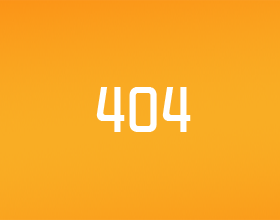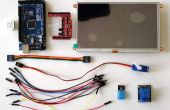Paso 3: El código
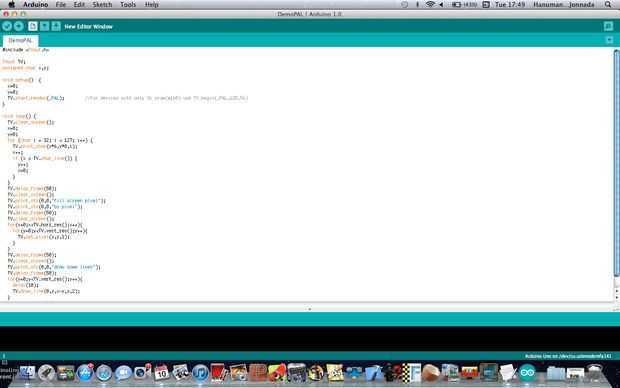
La biblioteca no se hace por mí.
Usted puede encontrar uno que tengo aquí;
http://code.Google.com/p/Arduino-TVout/downloads/detail?Name=TVout_w_audio.zip&Can=2&q=
Puede utilizar este código;
#include < TVout.h >
TVout TV;
unsigned char x, y;
void setup() {}
x = 0;
y = 0;
TV.start_render(_PAL); para dispositivos con solo 1k sram(m168) uso TV.begin(_PAL,128,56)
}
void loop() {}
TV.clear_screen();
x = 0;
y = 0;
para (char i = 32; i < 127; i ++) {}
TV.print_char(x*6,y*8,i);
x ++;
Si (x > TV.char_line()) {}
y ++;
x = 0;
}
}
TV.delay_frame(50);
TV.clear_screen();
TV.print_str (0,0, "llenar pantalla pixel");
TV.print_str (0,8, «por píxel");
TV.delay_frame(50);
TV.clear_screen();
para (x = 0; x < TV.horz_res(); x ++) {}
para (y = 0; y < TV.vert_res(); y ++) {}
TV.set_pixel(x,y,1);
}
}
TV.delay_frame(50);
TV.clear_screen();
TV.print_str (0,0, "dibujar algunas líneas");
TV.delay_frame(50);
para (y = 0; y < TV.vert_res(); y ++) {}
Delay(10);
TV.draw_line(0,y,x-y,y,2);
}
TV.delay_frame(50);
}
Esto es lo que vienen con él. Si vives en lugares que sólo tienen _NTSC TV, tienes que cambiar el;
TV.start_render(_PAL); Para
TV.start_render(_NTSC);


